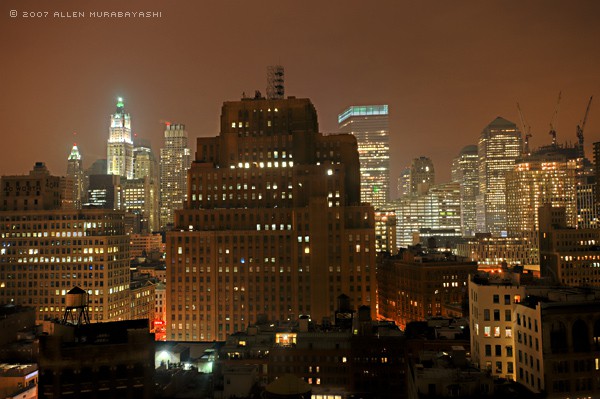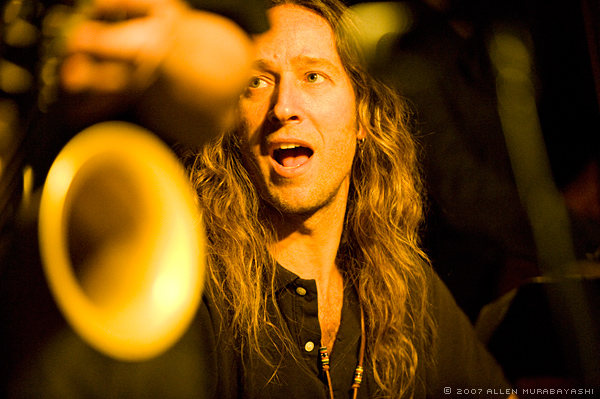Share
The Strange Intersection of Technology and Photography
Most recent articles regarding photography and its intersection with technology have focused on the destruction of photography as an art. Peter Pla...


Most recent articles regarding photography and its intersection with technology have focused on the destruction of photography as an art. Peter Plagens opined in Newsweek that “A digital photograph… can be a Photoshop fairy tale, containing only a tiny trace of a small fragment of reality.” We’ve also seen recent examples of technology from Microsoft that can use multiple pictures of a place from different angles to create an idealized version of the scene. Technology applied this way is scary to me. Perhaps this is because I’m not adept in Photoshop the way that many of my contemporaries are.
But there are technological advances in photography that I think have as profound an impact without “altering” reality. For example, despite all my statements to the contrary, I did recently purchase a Nikon D3 for the sole purpose of having better performance in low light situations. I’ve been blown away by the results.
This particular camera has an ISO sensitivity up to 25,600. That’s not a misprint. When I was a kid, I thought ISO 800 was high speed, and I had heard these stories of people pushing film to 3200, but I could nary believe it. But digital sensors have become so good that they are now orders of magnitude more sensitive, which basically allows us to take photos we could not have create before. We aren’t manipulating pixels, we’re just making them more sensitive.
The top photo is of Gilad from Grupo Yanqui taken at the Smoke jazz club in Harlem at ISO 8000, f/2.8, 1/40th. This second photo is of my friend Darren in the Merc Bar shot at ISO 8000, f/4, 1/80th. The last photo of Tony Award-nominee, Manoel Felciano, is at a mere ISO 3200, f/2.8, 1/125th. It is the case that the light sensitivity of the sensor exceeds that of the focusing mechanism, that is, the camera has trouble focusing in spaces this dark, even though it can expose properly. No noise suppression was used on these images.

Does this mean a resurgence of night photography? I’m not sure. Maybe it just means sharper photos in lower light. Maybe it means more depth-of-field in lower light. I’ve gone through 4 generation of digital cameras in about a decade, and the difference in quality is staggering. So I’ll continue to let my Photoshop skills languish, and instead, try to concentrate on capturing the realism of photography the way I like it.



